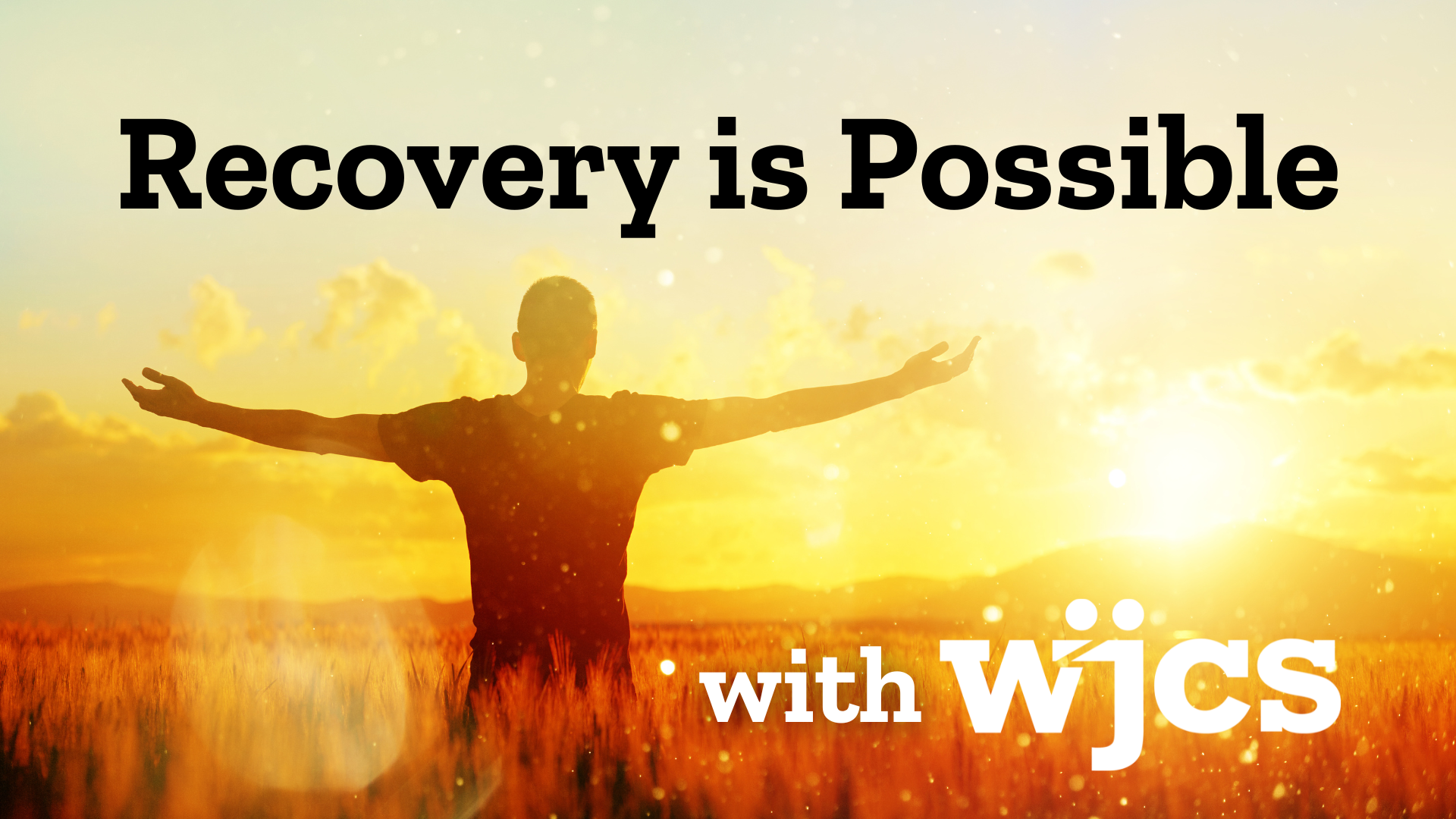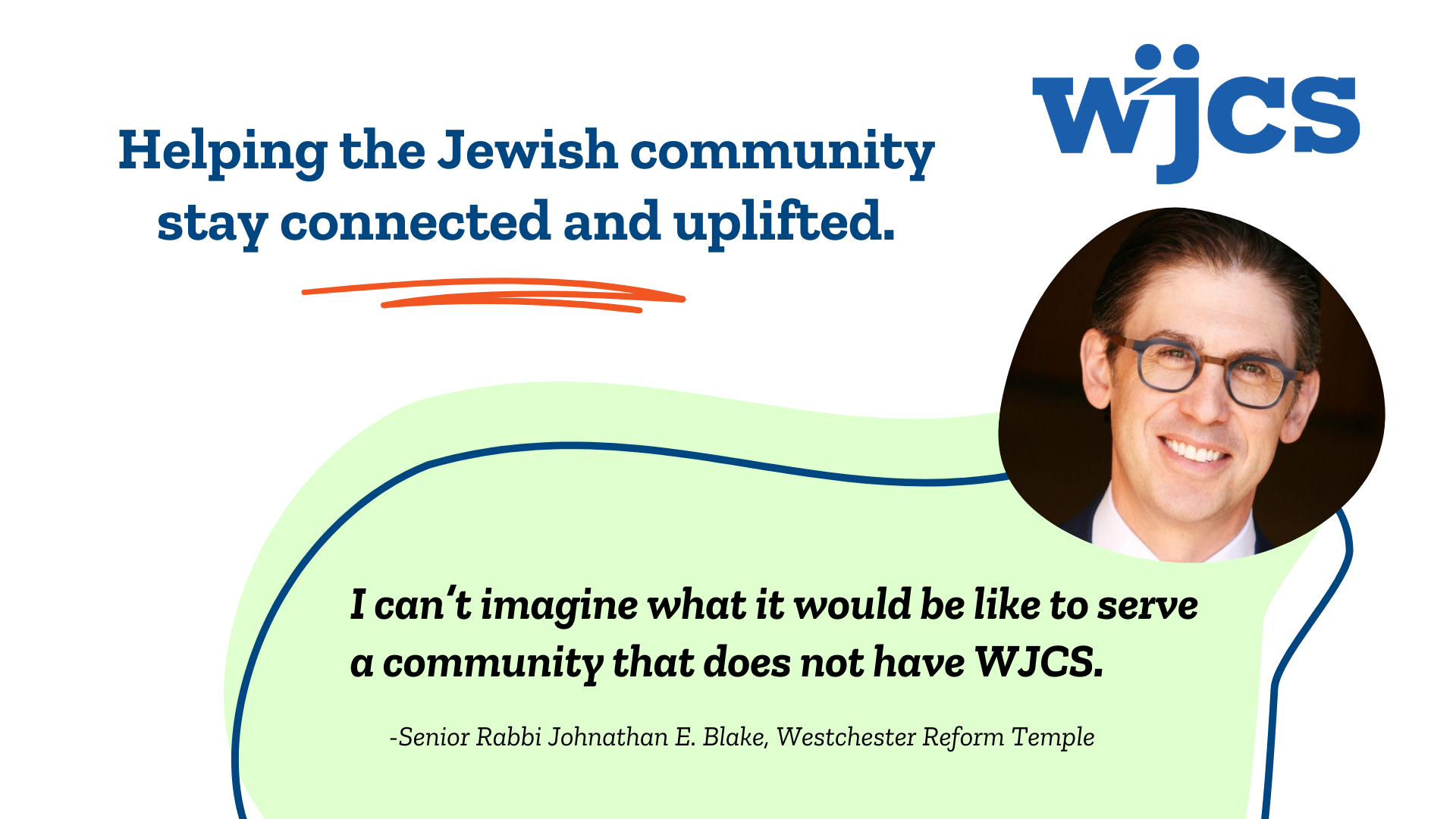Talking about Sexual Orientation & Gender Identity in Schools: FAQs
Why address sexual orientation and gender identity in schools?
Youth learn about themselves from their families, their communities, their peers, and their schools. Things that are accepted and respected in our world are spoken about openly and honestly. Things we’re embarrassed and ashamed of are ignored and stigmatized. Whether we realize it or not, we talk about gender and sexuality all the time at school – when we line up by gender, assign bathrooms and dress codes, celebrate Valentine’s day, participate in school dances, or feature couples in the yearbook. If we don’t include the LGBTQ+ community in that conversation, we are indicating that LGBTQ+ children and youth are people who should be ignored or embarrassed about who they are. Acknowledging that LGBTQ+ people exist is the first step to making sure all of your students and their families feel safe and welcome at school.
Why should schools address LGBTQ+ topics? What does it have to do with school?
One of the most common forms of verbal bullying and violence heard at schools are words that target people who are perceived as gay or don’t conform to every gender norm. These slurs often escalate to physical violence at school, which scares victims and witnesses alike. Addressing and ending verbal bullying creates safer schools for all students. By educating students about the appropriate use of terms associated with LGBTQ+ people and issues, we teach respect for the diversity of the larger community.
I haven’t seen LGBTQ+ kids get bullied at our school. Besides, there are no gay kids at our school!
Studies show that 70% of bullying goes on under the radar of adults. Not hearing about it doesn’t mean it’s not happening. Just like not knowing there are LGBTQ+ youth at your school doesn’t mean they aren’t there. Even if name calling is rare, it still happens, and needs to be addressed for every student to feel safe. When we talk about LGBTQ+ issues, we show it’s not something we’re ashamed of or embarrassed by, which encourages respect for all differences — and prevents violence. The law requires that schools be safe for all students, parents, caregivers, and staff. Ignoring differences does not make people feel safe.
Aren’t elementary school students too young to discuss LGBTQ+ issues?
Children become aware of themselves and others at different times. As soon as a person has their first infatuation with a celebrity or crush on a classmate (which usually happens in elementary school years), they may realize their feelings seem to be different than their peers. People can begin to understand differences in their gender identity or expression at any age. Unfortunately, many younger children first hear words related to these topics from bullies who are telling them it’s icky or wrong or providing them with misinformation about who they are. By giving opportunities to ask questions and seek answers, we affirm them as they search to understand themselves, their family and friends. All children have access to LGBTQ+ content at home and/or at school. TV and movies discuss, satirize, and ridicule LGBTQ+ people and kids talk – whether we hear it or not. Our obligation as educators is to confront stereotypes and address inappropriate language to make schools safe for all. These discussions are not about sex, but about respect for differences.
There are so few LGBTQ+ students. Why focus on them?
New York State requires that schools provide safe and equal access to education for all youth, including your LGBTQ+ students and families, who cross all cultural, racial, and socio-economic boundaries. These young people are more likely to attempt suicide, become homeless, drop out, and be threatened or injured at school. Further, insults and slurs about LGBTQ+ persons – or those who are perceived to be – are far more common than any other verbal attacks on school sites. LGBTQ+ education benefits all youth.




